Kutani Ware
A Timeless Japanese Art Revived and Cherished Globally
Kutani ware is a highly esteemed style of Japanese ceramics with a history spanning over 360 years. Its popularity extends far beyond Japan's borders, captivating art enthusiasts worldwide with its unique figurative paintings featuring landscapes, traditional Japanese figures, flowers, and birds, all characterized by vivid dark colors and exceptional designs.
-
Ancient History of Kutani Ware
-
Revival and Global Interest
In 1807, Kutani ware production resumed and continued till today, known as Saiko-Kutani. A pivotal moment in its global recognition occurred at the 1873 Vienna World Fair, where it captured worldwide attention. During Japan's Meiji period, after the Edo period, Japan opened up to the world, and Kutani ware became a symbol of comfort for the nation. Today, Kutani kilns in Kaga hold the status of National Historic Site of Japan, and Komatsu city remains an important hub for production.
-
Modern Saiko-Kutani Ware
After the revival in 1805, many pottery makers, called Kamamoto, joined the business and expanded the art through innovative color combinations and techniques. The intricate designs are achieved through a multi-step process, with firing being a crucial element that renders each piece unique.
-
The Process of Making Kutani Ware Plate
The making of Kutani ware follows traditional steps dating back to the 16th century. Porcelain clay is collected from Hanazawa area in Ishikawa and purified for molding. The clay is shaped into a plate using either a pottery wheel or cast molding. After firing in a kiln, the plate receives an enamel glaze, followed by another round of baking. Artists then paint the desired landscapes, and each piece bears the artist's signature, ensuring authenticity.
-
How to Use Kutani Ware
Discover your authentic Kutani ware piece to enhance your dining experience or add vibrant colors to your home and garden.
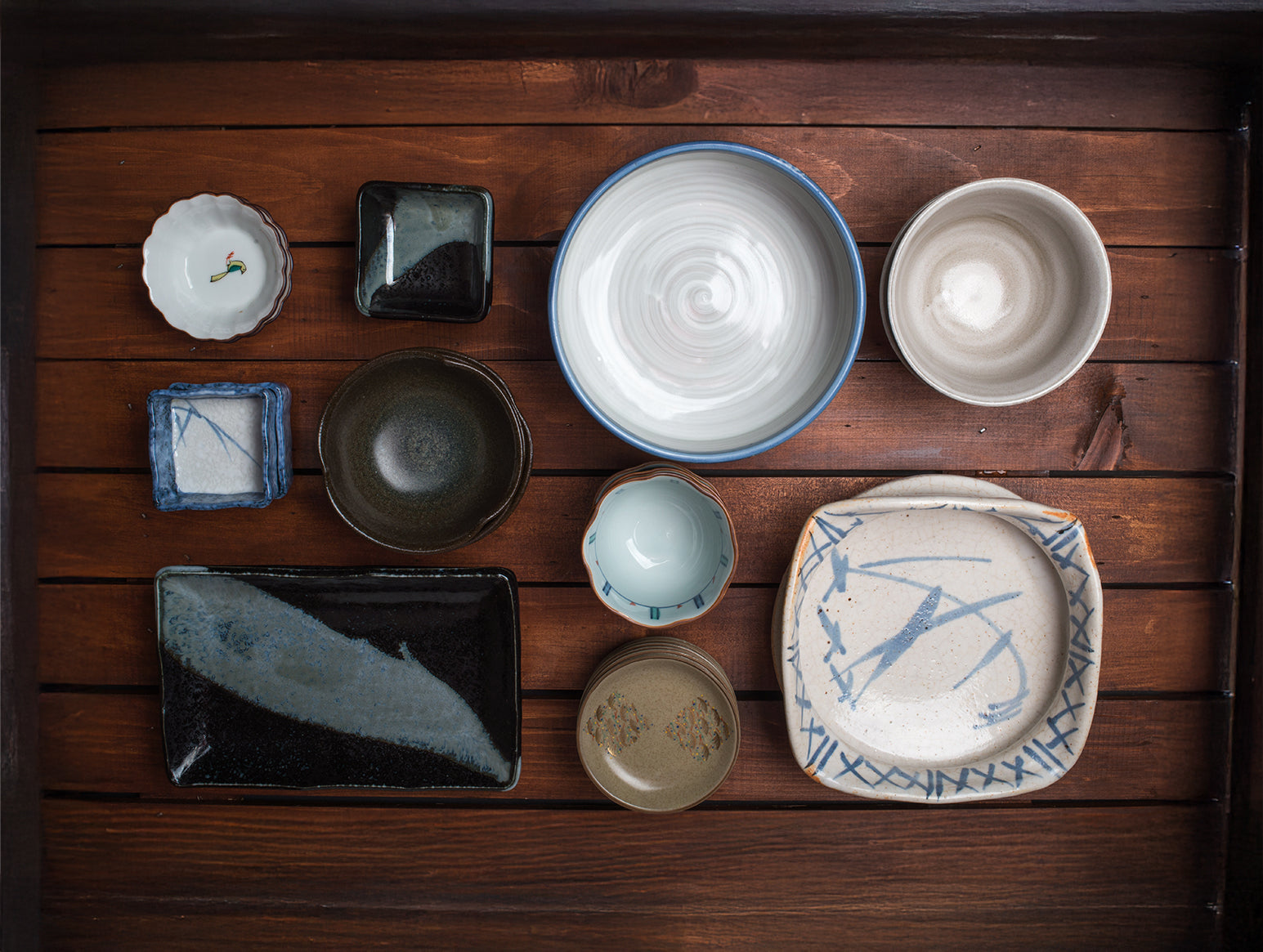
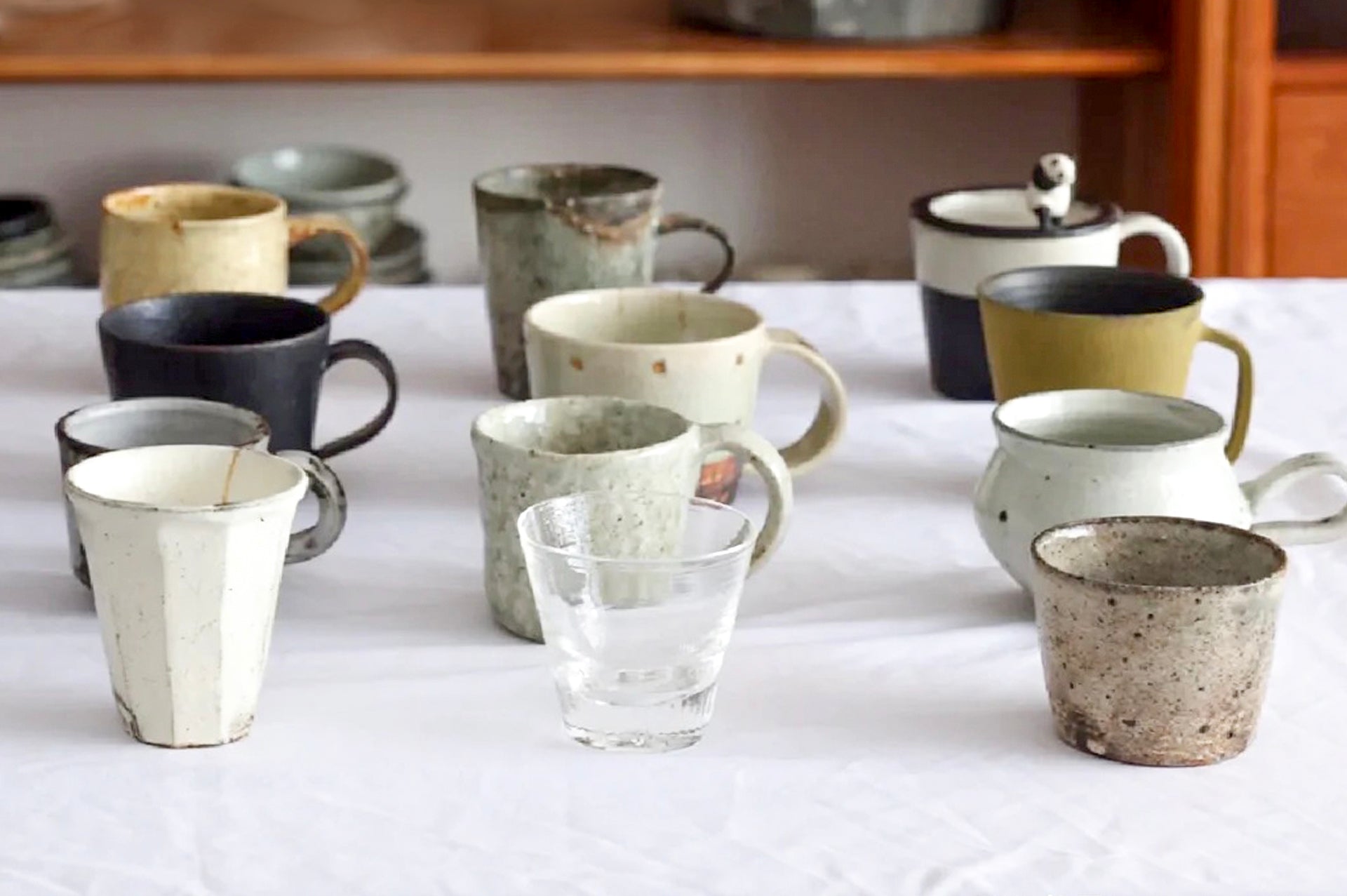
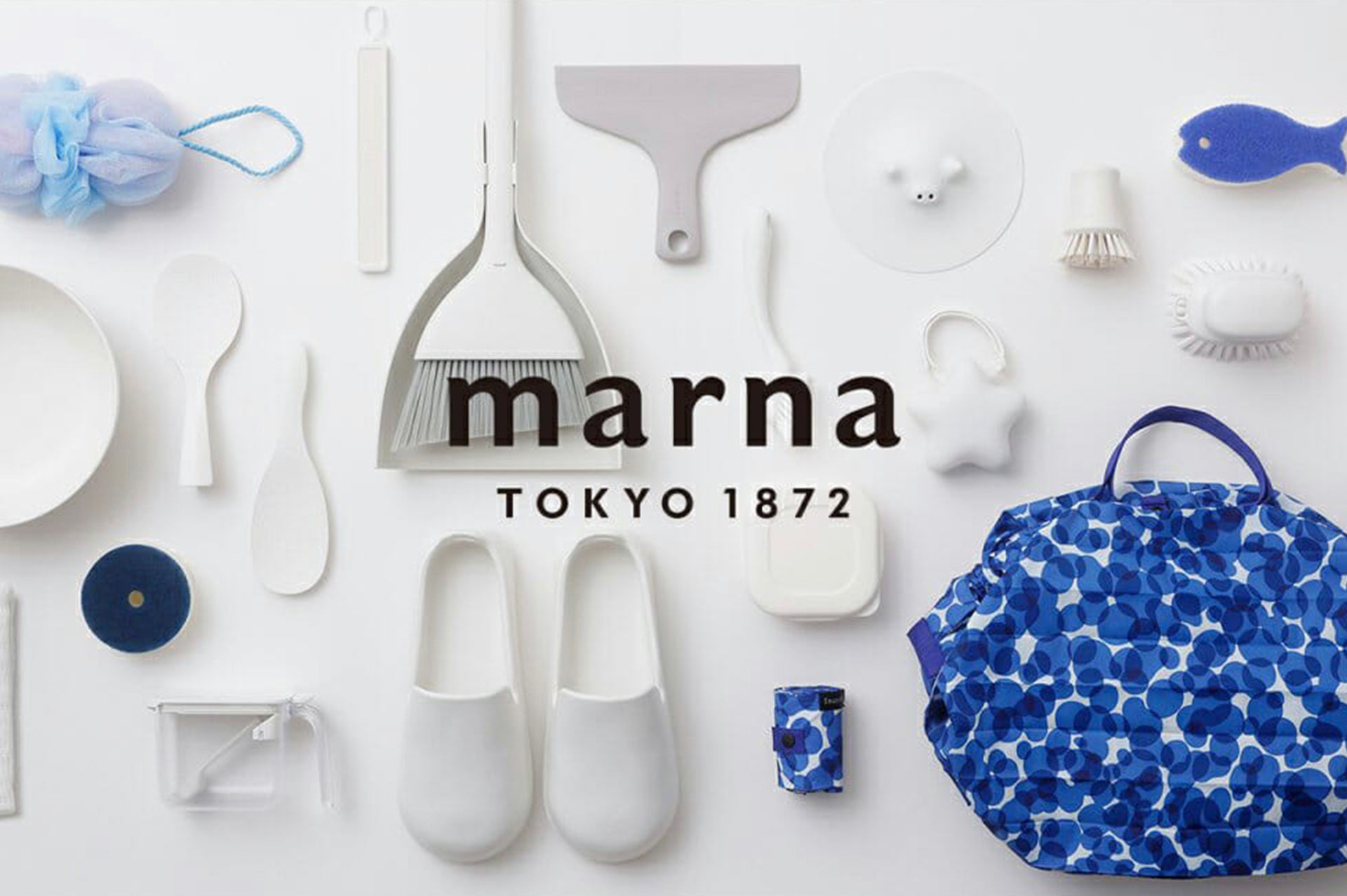






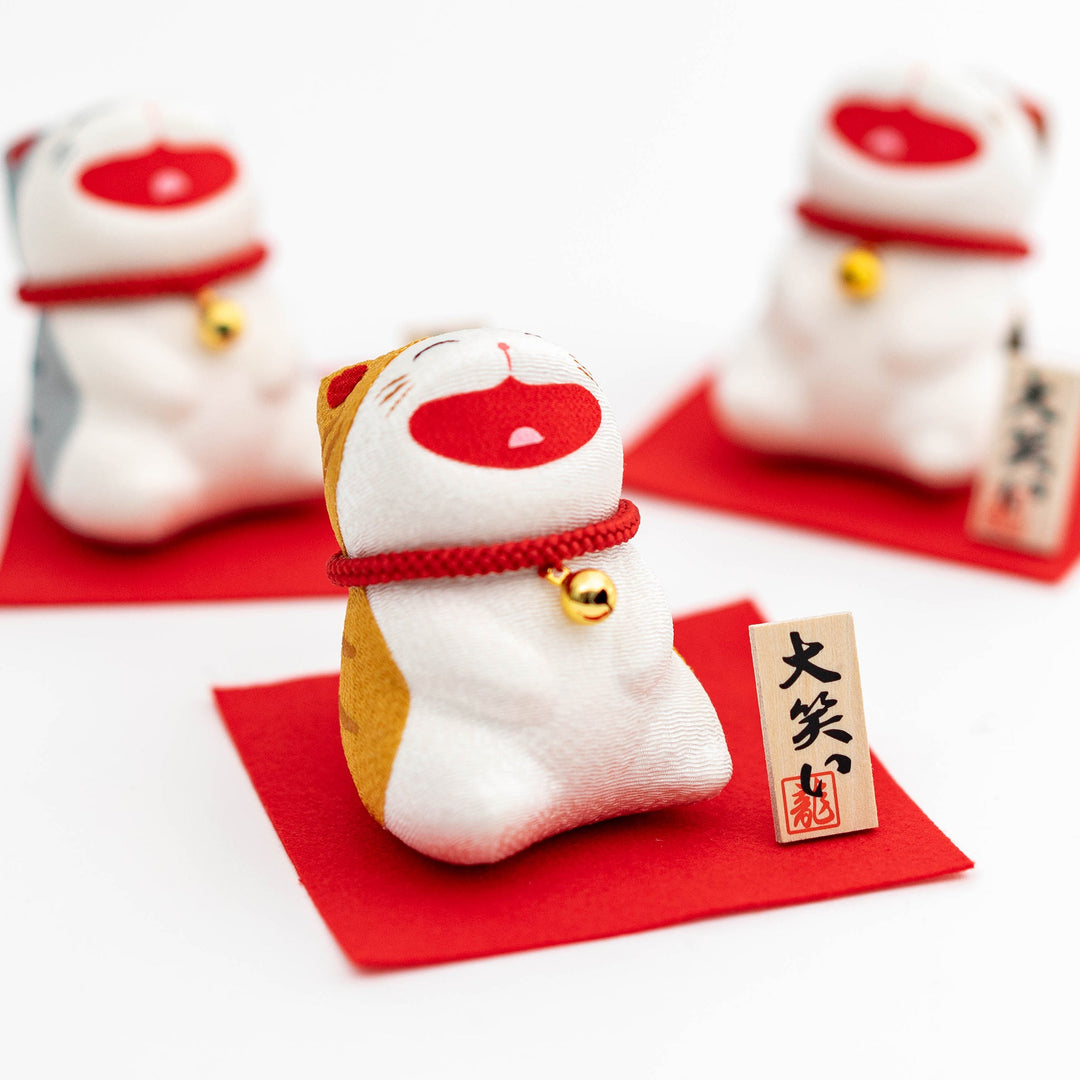
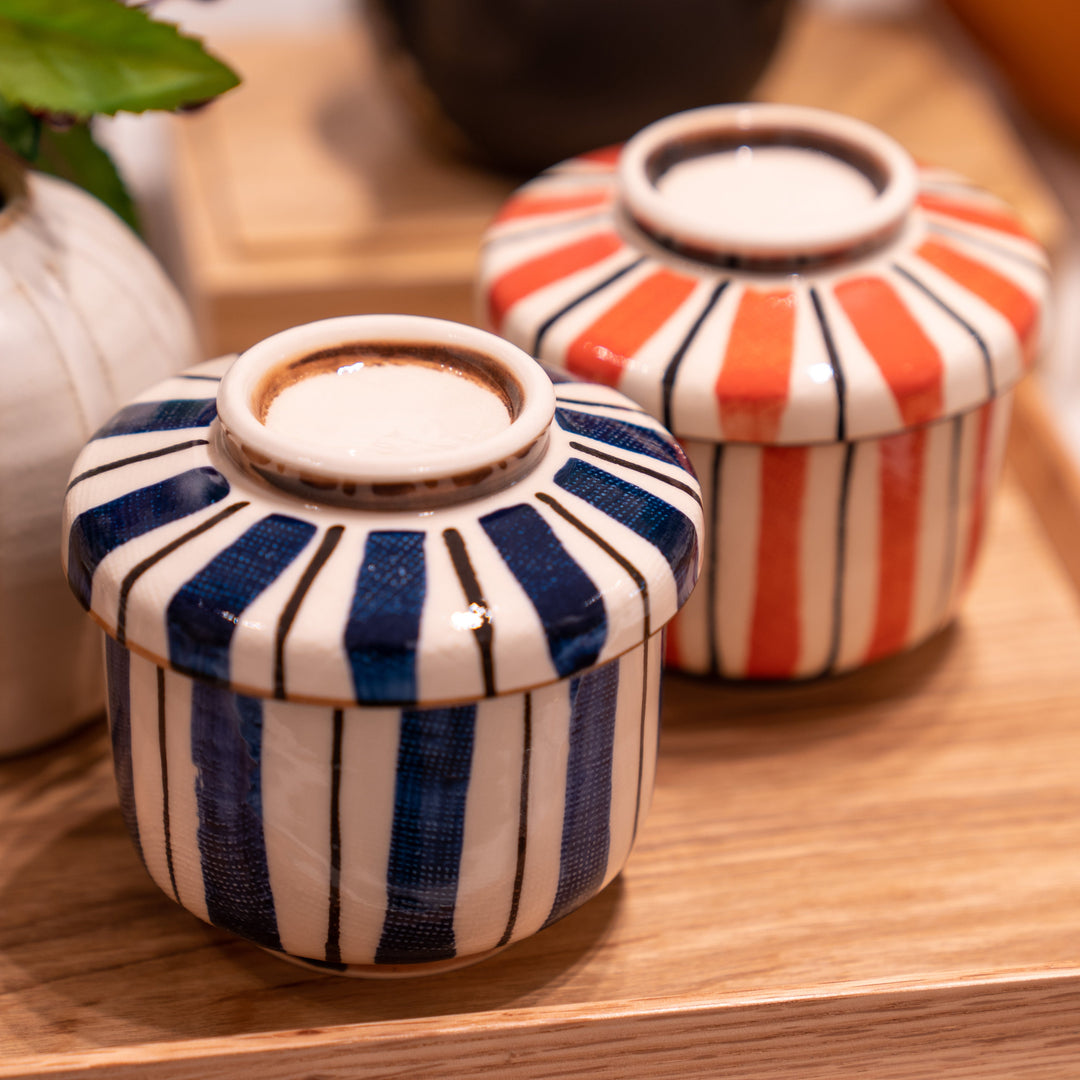
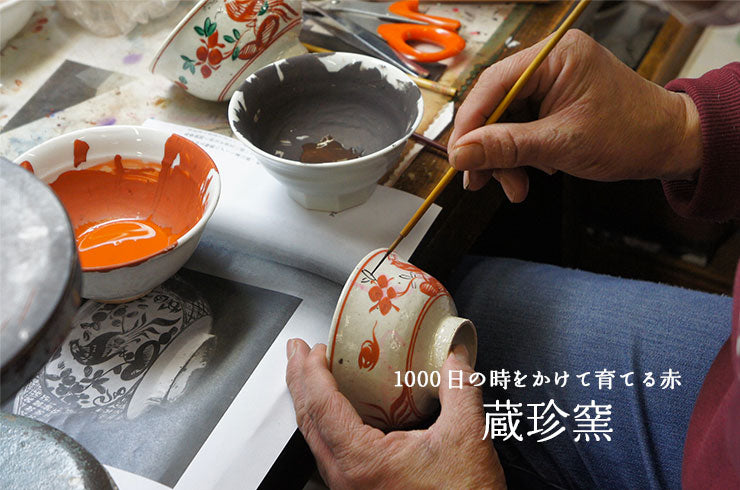



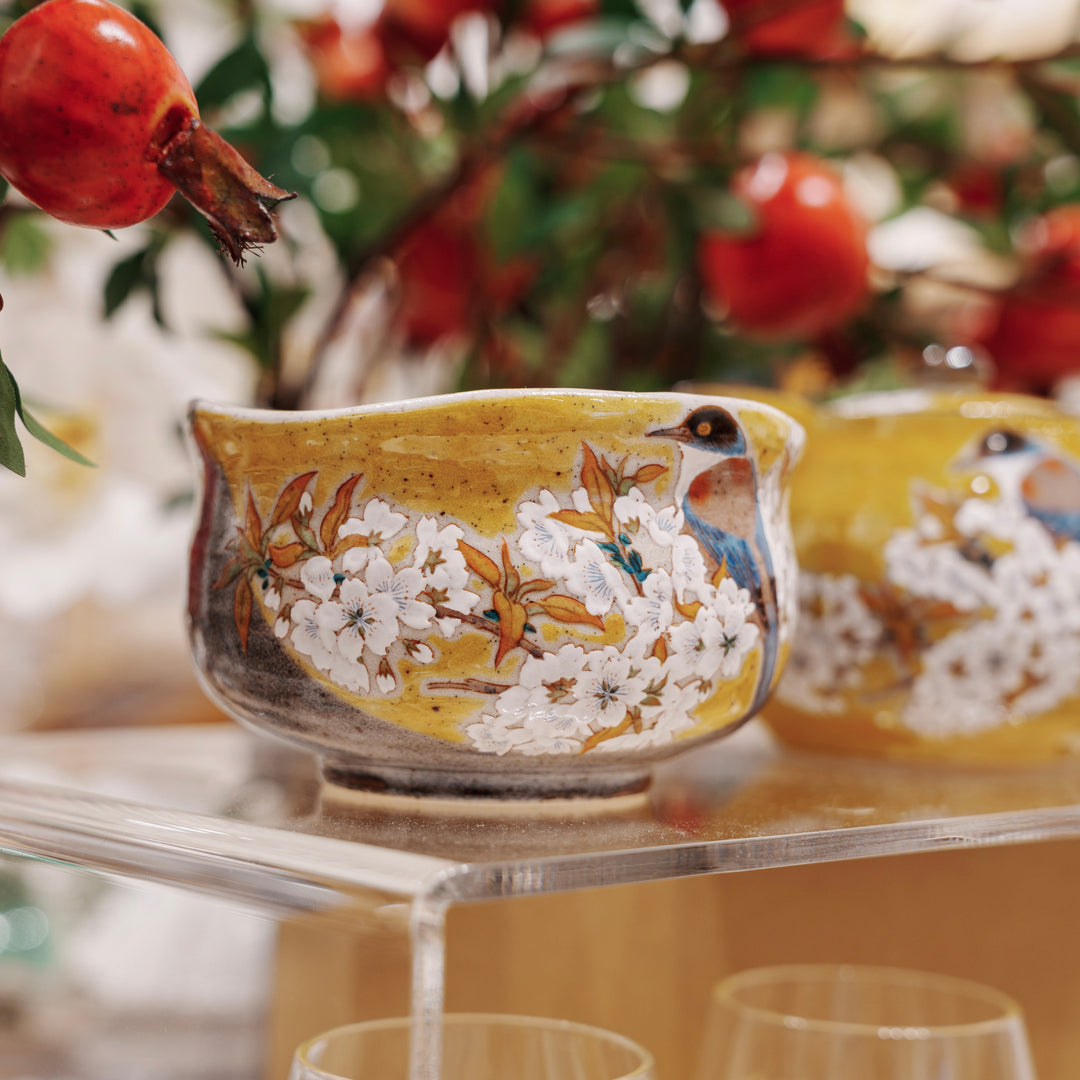
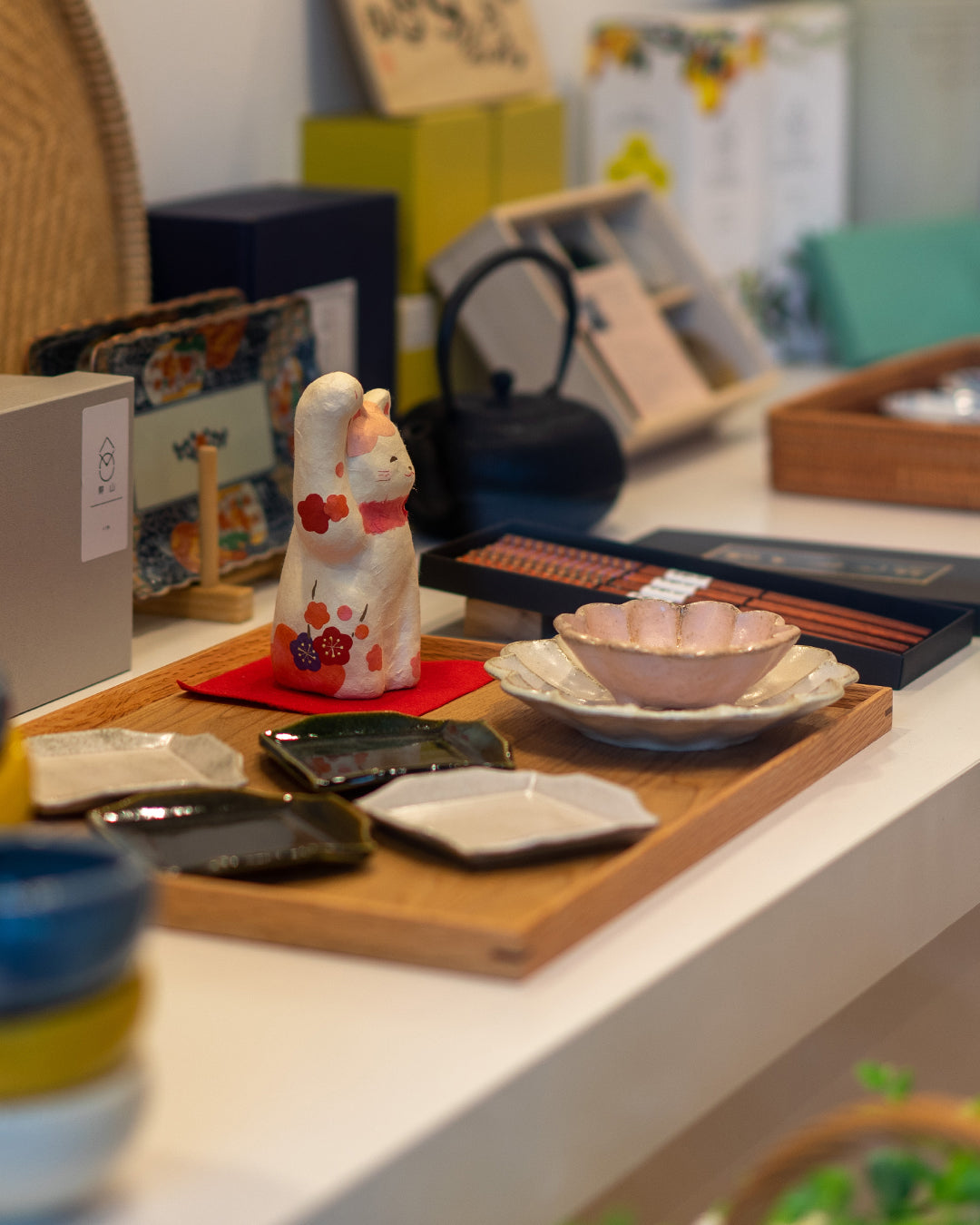
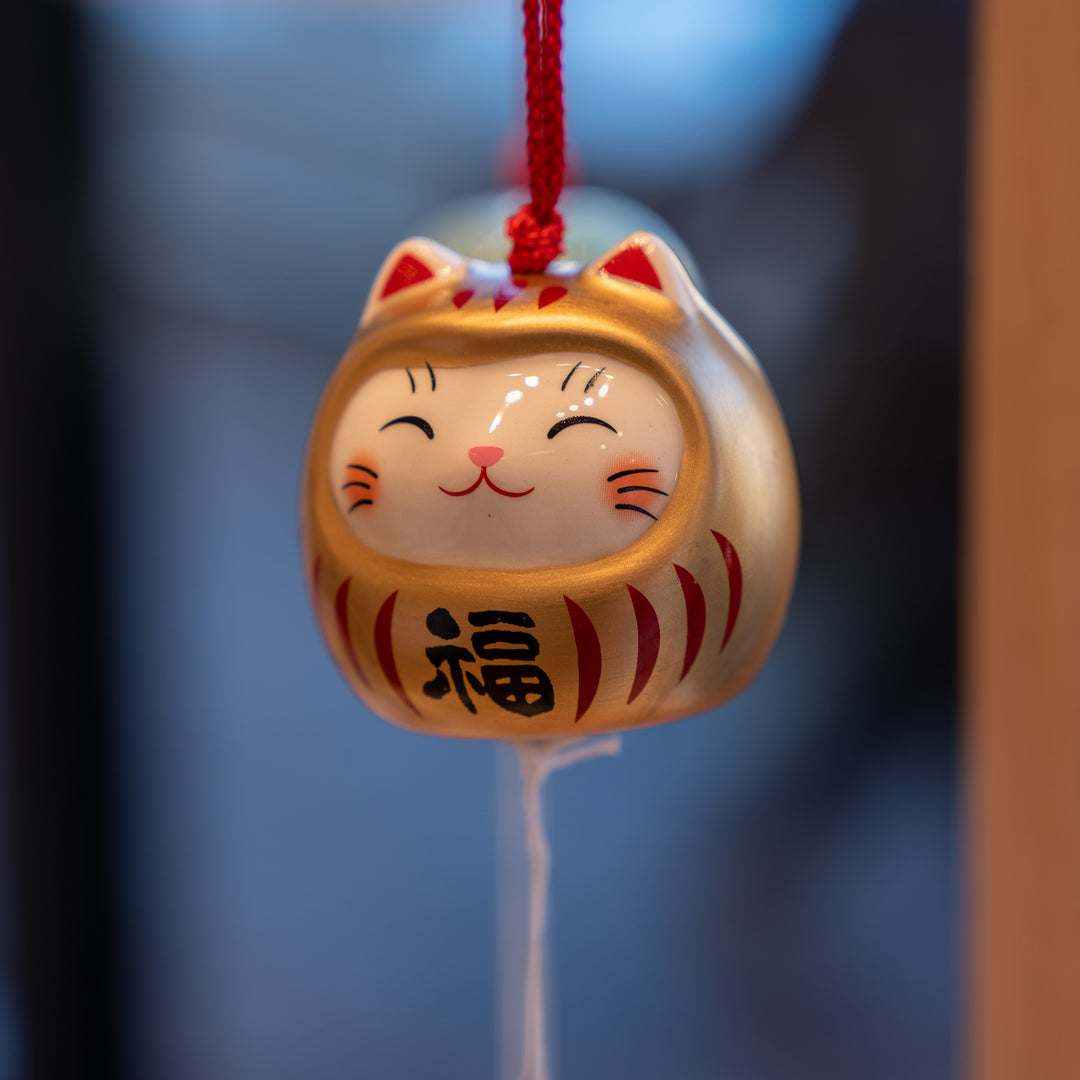
Leave a comment